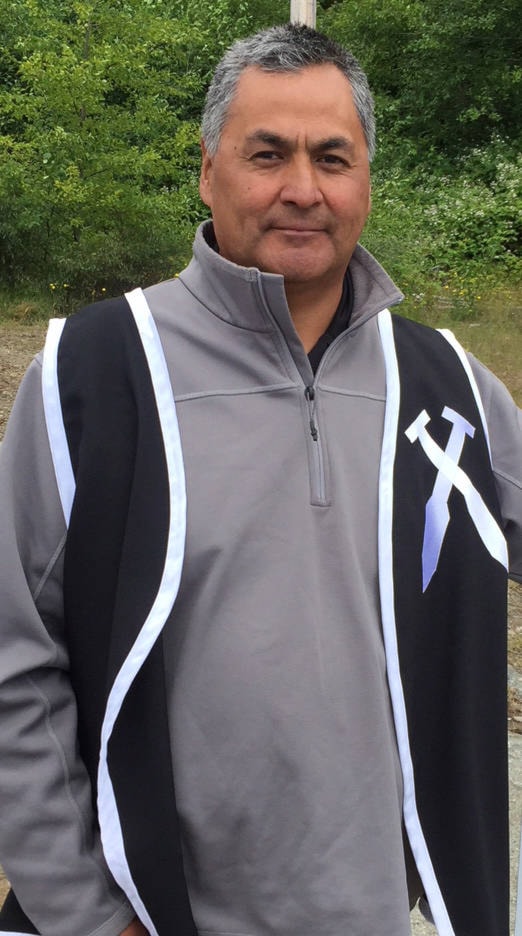Pacheedaht First Nation chief Jeff Jones peers out at the Fraser River on a cloudy morning. The water and sand stretches into the horizon, disturbed only occasionally by a gust of wind.
Jones remembers stories from his elders on what a symbolic place Jordan River – known as diitiida – was to the Pacheedaht: the place of origin.
“This is profoundly important to both the Pacheedaht and Ditidaht,” he said.
On Thursday, the Pacheedaht First Nation marked the purchase of 28 hectares of traditional land at Jordan River from B.C. Hydro, and with it a bright vision for the future.
“Pacheedaht has a lot to celebrate, this is our elders dream to reclaim these lands. The repatriation of diitiida is a historic event for Pacheedaht, Ditidaht and Makah, and a step forward towards reconciliation,” Jones said.
The sale agreement comes after a 2014 B.C. Hydro study that indicated an extreme seismic event at the Jordan River could damage its dam and put downstream homes and people at high risk. Since then, B.C. Hydro has acquired at-risk properties and rezoned them to help ensure public safety in the event of a major earthquake. No permanent overnight housing is allowed.
BC Hydro and Pacheedaht First Nation celebrate agreement over purchase of origin site diitiida, Jordan River lands on National Aboriginal Day. #sooke #NationalindigenousPeoplesDay #pacheedaht pic.twitter.com/fZVDGOZzje
— Sooke News Mirror (@SookeNews) June 21, 2018
Diitiida is the originating site for the Pacheedaht and Ditidaht First Nations, and archaeologist digs have identified two historic villages near the river’s mouth.
The area was once rich with an abundance of natural resources. The Pacheedaht continues to restore and manage these resources through various rehabilitation programs, including remediation efforts in the area.
But now the First Nation is looking to develop economic growth opportunities.
“Down the road we’ll start thinking of the vision,” Jones said. “Some ideas have already come up with opportunities centered in and around tourism.”
For thousands of years, the Jordan River area was home to several First Nations and a major trading area.
“This was an important place for First Nations,” said Kevin Neary, an anthropologist with the Royal B.C. Museum.
“You think about trade routes coming down Vancouver Island, coming from the inside, coming from Puget Sound, coming down from the Fraser River, and they all converge here. This was a great international market.”
It wasn’t until the late 1880s when the First Nations’ influence began to dwindle and Pacheedaht and Ditidaht First Nations were placed on “tiny reserves” by the government.
The dream of having the Jordan River traditional lands return to the Pacheedaht has gone back generations.
“Our ancestors have always talked about the importance of this area,” Jones said.
“This is just an incredibly terrific day to see the origin site returned, and the opportunity it represents to us.”
editor@sookenewsmirror.com
Like us on Facebook and follow us on Twitter
